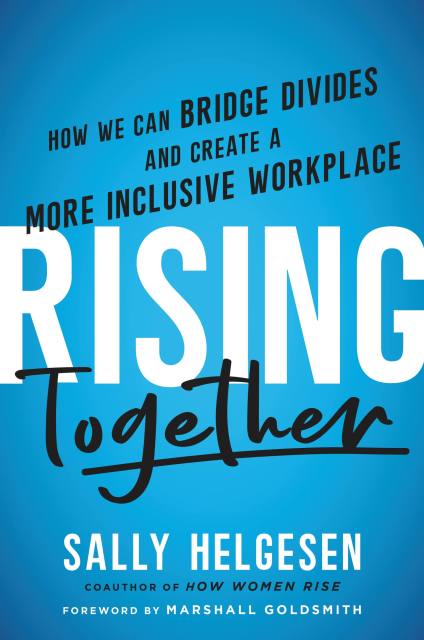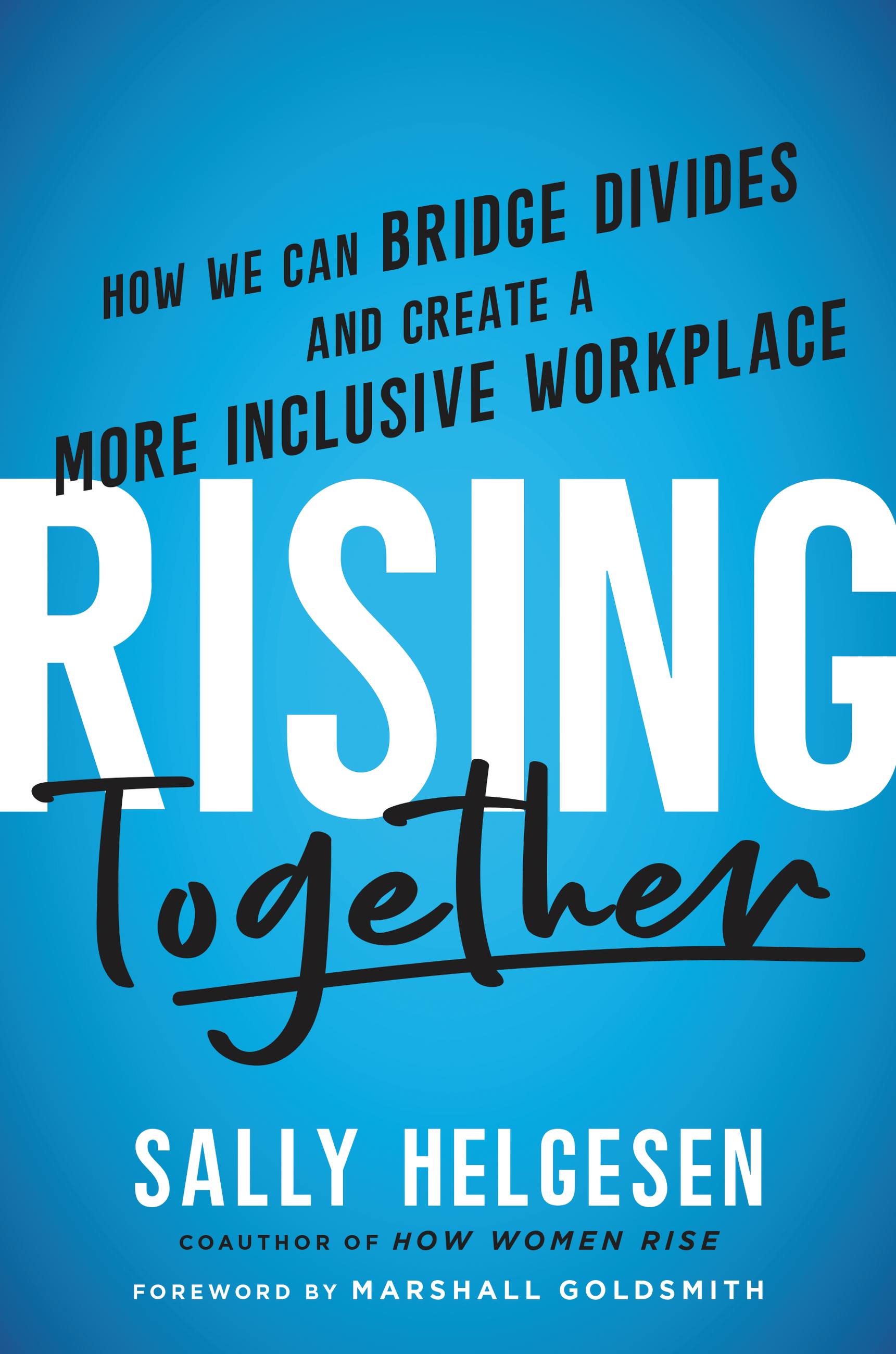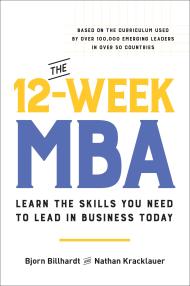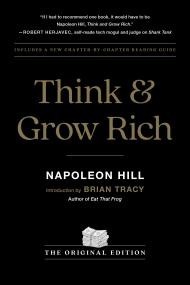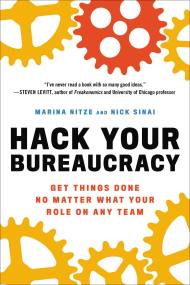Promotion
Use code MOM24 for 20% off site wide + free shipping over $45
Rising Together
How We Can Bridge Divides and Create a More Inclusive Workplace
Contributors
Foreword by Marshall Goldsmith
Formats and Prices
Price
$30.00Price
$38.00 CADFormat
Format:
- Hardcover $30.00 $38.00 CAD
- ebook $15.99 $20.99 CAD
- Audiobook Download (Unabridged) $24.99
This item is a preorder. Your payment method will be charged immediately, and the product is expected to ship on or around February 28, 2023. This date is subject to change due to shipping delays beyond our control.
Also available from:
In this follow-up to her international bestseller How Women Rise, Sally Helgesen draws on three decades of work with executives and aspiring leaders around the world to offer practical ways to build more inclusive relationships, teams, and workplaces.
Participants at leadership conferences often tell Sally, “Please don’t spend your time telling us why developing and retaining a diverse workforce is important. We get it. The problem is, we don’t know how to do it.” Rising Together provides that missing how in full detail by identifying both what holds us back and specific tactics that can help us move forward.
First, Sally identifies the eight common triggers most likely to undermine our ability to collaborate across divides—not only of gender, but also of age, ethnicity, race, sexuality, and life experience. These triggers are widespread, yet rarely acknowledged. They include differences in how people from different backgrounds view ambition, competence, perceptions, fairness, communication, networks, attraction, and humor.
Sally then offers specific practices designed to address these triggers: simple behavioral tweaks that we can use on a daily basis; a method for informally enlisting allies to hold us to account; and a means for cultivating and disseminating the dynamic power of we.
Rising Together is for readers at every stage and level in their careers who recognize that building a broad range of relationships is essential to their advancement, now and in the future. This book also serves as an indispensable guide for HR, diversity, and leadership professionals tasked with addressing the misunderstandings, resentments, and derailments caused by the eight triggers. Sally’s focus on behaviors—how we act—rather than bias—how we think—promises to redirect the inclusion conversation in a grounded, real-world way that brings us together.
Genre:
-
"What so often gets left out of the conversation on diversity is the how. By focusing on inclusive behaviors, Sally Helgesen provides it. Rising Together is a much-needed guide to going from awareness to action.”Arianna Huffington, founder and CEO of Thrive Global
-
“Sally Helgesen has been highly influential in my career. When I first started on Wall Street, her books The Female Advantage and The Web of Inclusion were revelatory. How Women Rise and Rising Together are equally so. Elegant, enlightened, powerful and sage.”Whitney Johnson, Top #10 Management Thinker and WSJ bestselling author of Smart Growth
-
“Sally Helgesen has been the architect of my awakening on the importance of women’s leadership and the pressing need for inclusive leadership. With Rising Together, she shows how it’s done.”Tom Peters, author of The Excellence Dividend and The Compact Guide to Excellence
-
"Sally Helgesen is a legendary thinker in women's leadership, and a premier advocate for the importance of creating inclusive workplaces. In Rising Together, she offers a blueprint for how we can do so."Dorie Clark, WSJ bestselling author of The Long Game
-
“Sally Helgesen has been one of my book heroes since I read The Female Advantage back in the ‘90s. In Rising Together, she brilliantly combines compelling stories with practical wisdom to have a major impact. The behavioral tweaks she shares for cultivating the power of we are key to creating more inclusive cultures.”Stefanie Johnson, bestselling author of Inclusify
-
“Sally Helgesen is betting that the future of inclusive leadership lies in giving one another the benefit of the doubt in order to focus on behaviors that foster solidarity rather than division. In Rising Together, she lays out the how of inclusive practice, tying it to engagement, satisfaction, and performance.”Keith Ferrazzi, author of Never Eat Lunch Alone and Connecting in the New World of Work
-
“I personally used key insights from How Women Rise to help foster diversity when I was CEO of Best Buy. Now Sally has done it again, providing an indispensable guide for changing behaviors in a way that helps everyone rise. A must read for every leader.”Hubert Joly, former Best Buy CEO, author The Heart of Business, senior lecturer Harvard Business School
-
“Rising Together is the perfect guide to building equitable, safe, and diverse workspaces today. In her signature conversational voice, Sally helps us gain greater awareness of the triggers and the habits that hold us back so we can build relationships that can help us all rise. A must-read for veterans and newcomers in business!"Sanyin Siang, CEO Coach, Thinkers50 Top Management Thinker, and author of The Launch Book
-
“If you want to be an inclusive leader, Rising Together is your GPS. Sally Helgesen will help you elevate your inclusion game, foster team trust at a faster rate, and build a new generation of leaders.”Erica Dhawan, Wall Street Journal bestselling author of Digital Body Language
-
“Sally Helgesen has spent 35 years working with women around the world to advance their careers. With Rising Together, she draws on this rich experience to show how all of us can most effectively support colleagues across a range of boundaries.”Minda Harts, author of The Memo and You Are More Than Magic
-
“As women become vitally important throughout the workforce, it’s time to look at the mindset, behaviors, and habits that create inclusivity. Sally’s book, based on her decades of research, helps us pinpoint opportunities for individuals and organizations to truly ‘Rise Together.’"Josh Bersin, Global HR Industry Analyst
-
"This hands-on manual is for everyone who acknowledges diversity is a reality, not an aspiration and that developing a meaningful range of relationships is essential. .. Helgesen, a leadership coach and author, draws on real scenarios and offers practical examples and exercises to help us build a broad, resilient and diverse web of relationships."Financial Times
-
“Helgesen has done it again with Rising Together, in which she offers new ways for how companies and employees should approach the diversity, equity and inclusion (DEI) Gordian knot. By focusing on the how, she provides an extremely insightful and concrete pathway that is more effective than most current DEI approaches.”Susan Fader, Quirk Magazine
-
"Exceptionally well written, organized and presented, Rising Together will be of particular and practical value to readers with an interest in workplace culture."Midwest Book Review
-
Praise for How Women Rise
-
"A myth-busting "how to" for the next generation of women leaders, and those who want to see them succeed. These ideas will transform our workplaces, our careers, and our lives."Rita McGrath, professor at Columbia BusinessSchool and a Thinkers50 Top Ten Business Thinker
-
"How Women Rise is a great read for any woman who wants to identify self-defeating behaviors that are holding her back, gain insight into why she engages in those behaviors, and develop skills to confidently achieve her goals."Lois P. Frankel,Ph.D., author of Nice Girls Don't Get the Corner Office and See JaneLead
-
"The most powerful thing you can do for your career is to change what's in your control. Together, Marshall and Sally help women understand what they can change about their own behavior today to make greater contributions tomorrow. How Women Rise is a how-to guide for any woman seeking her next success."Deanna Mulligan, CEO,Guardian Life
-
"Sally and Marshall give new meaning to the term 'dream team.' Together they have produced a masterpiece, an over-the-moon but magnificently down-to-earth leadership book for the ages."Tom Peters,bestselling author of In Search of Excellence: Lessons from America'sBest-Run Companies
-
"Women suffer from gender bias and when they rise further, also from the general difficulties of leadership. When women approach the top of organizations, they can also bring their own strengths that may unfairly be seen as weaknesses. Sally Helgesen's expertise and Marshall Goldsmith's wisdom bring these insights to light, so that women and men and can do better together at reaching their goals for us all to move forward. This is a powerful and timely book."Dr. Anthony Marx, President, New York PublicLibrary
-
"Women leaders will be driving forces in twenty-first century organizations. Practically and persuasively, Sally Helgesen and Marshall Goldsmith map out how this can and must happen."Stuart Crainer and Des Dearlove, Founders of Thinkers50
-
"Many of the behaviors most prized in women socially are exactly the same behaviors that hold them back professionally. That paradox provokes huge amounts of conflict, anger, pain and frustration at work. But Sally and Marshall are here to help: identifying how and when to reconcile competing demands and motivators, without losing their identity, professionalism or power."Margaret Heffernan,CEO and author of Willful Blindness
-
"Pick up this book. Scan the 12 habits. Circle the top three that make you say 'that's me!' Read those chapters, commit to one of the suggestions, and you're on your way. The authors know their material!"Beverly Kaye, founderof Career Systems International and co-author of Love 'Em or Lose 'Em:Getting Good People to Stay
-
"Women who seek to rise, take note! This is your essential go-to guide. Also highly recommended for men who work with, for, or around women."Liz Smith, CEO,Bloomin' Brands
-
"This is a must read for women aiming to get to the next level in their careers. It gives insights into challenges and practical tools to address them."Michelle R.Clayman, Founder and Chief Investment Officer, New Amsterdam Partners andChair, Advisory Council, of the Michelle R. Clayman Institute for GenderResearch at Stanford University
-
"Fast forward your career with one powerful book from two of the world's most brilliant coaches! Marshall's famous strategies for behavior change combined with Sally's profound expertise on women will change your life from the first chapter. Start reading this book now!"Carol Evans, Founderand President Emeritus of Working Mother Media
-
"The habits and beliefs in How Women Rise provide a wonderful and positive opportunity for women to be self-aware. Sally and Marshall show women how to make tangible and crisp changes that will help them be even more successful and fulfilled at work and at home."Aicha Evans, SeniorVice President and Chief Strategy Officer at Intel Corporation and a Fortunemagazine Top Future Women Leaders in America
-
"A gem and a revelation. If you lead women, work with women, are a woman or know any women, you must read this book. Its sage and sane wisdom points the way to a life of genuine purpose and meaning."Richard Leider,international bestselling author of The Power of Purpose, RepackingYour Bags, and Life Reimagined
-
"The best leaders understand that in the shadow of their strengths lurk silent career killers. Sally and Marshall offer a brilliant lens to understand and transcend the habits that hold us back. If you want to lead at the top, How Women Rise is for you."Liz Wiseman,bestselling author of Multipliers and Rookie Smarts
-
"Whether you are just starting out in your career or a top executive, ample case studies, research, and wisdom make this engaging and actionable read a must read!"Sanyin Siang, Executive Director of theFuqua/Coach K Center on Leadership & Ethics, Duke University
-
"Sally and Marshall enable leaders who are women to move from where they are to where they want to be by sharing a blueprint for challenging the status-quo and shining a light on leading change."Frances Hesselbein,Winner of the Presidential Medal of Freedom
-
"I am broadly distributing Marshall's new book, How Women Rise, to our leaders across Best Buy, to help our women leaders achieve their career goals and mentor their female colleagues, and to help men better work with and support the development of their female colleagues."Hubert Joly, Chairmanand CEO, Best Buy
-
"The top 3 reasons why I loved Sally and Marshall's book How Women Rise? 1) It's incredibly helpful to women, those with female colleagues or direct reports, and the healthy minority of men who are also more self-effacing than aggrandizing. 2) The book is filled with news you can use. It's has helped me, my C-level clients and will help you too. 3) The pages turn themselves. As a scientist as well as coach I can see the psychological and business sophistication behind the 12 habits. Start practicing today."CarolKauffman, Harvard Medical School and Founder/Executive Director of the Instituteof Coaching
-
"It's easy to find oneself in the pages of How Women Rise. Sally and Marshall teach us how to shift out of auto-pilot, jettison our success-inhibiting habits, and actively steer for the career destination we desire."Whitney Johnson, critically-acclaimed author of DisruptYourself
-
"Compelling, practical and highly engaging. Women seeking to make a career in law can benefit greatly from reading How Women Rise."Jami Wintz McKeon,Chair, Morgan, Lewis & Bockius LLP
-
"Sally and Marshall's observations are brilliant-informed by both personal experience and deep scholarship. The behaviors they recommend are pragmatic and achievable; it is a book that will enhance women's effectiveness and ultimately their power."Anna Fels, MD, authorof Necessary Dreams: Ambition in Women's Changing Lives
-
"Extraordinary real-life stories of women who wait to be asked to the party, get stuck in their comfort zone, seek perfection, and assume their hard work will be recognized. Sally and Marshall show us how to get unstuck and to 'stand out' so women can move forward in more purposeful, powerful, and productive careers. This is a must read with great actionable advice!"Janice Reals Ellig,Chief Executive Officer of Chadick Ellig and one of BusinessWeek's"World's Most Influential Headhunters"
-
"Sally and Marshall have written a practical and entertaining career guide tailored to help women ascend to senior leadership roles in business, government, and not-for-profits."Geoff Smart, Chairmanand Founder of ghSMART and bestselling author of Who and Power Score
-
"How Women Rise is absolutely the right book at the right time by the ideal authors. Sally and Marshall's experiences and perspectives in leadership development, career success, and professional and personal satisfaction are each world-class in their own right. But taken together, they are magnificently complementary, creating an inspiring and actionable guide that will change the careers and lives of women leaders everywhere."James M. Citrin,leader of Spencer Stuart's CEO Practice and a member of the firm's WorldwideBoard of Directors
-
"A smart and well-researched handbook for women trying to make the next step in their careers.... Helgesen and Goldsmith offer much more than just insights into the what of habits that constrain. They provide detailed tutoring on how to replace them with behaviors that produce excellent results."Roger Dean Duncan, Forbes
-
"They offer the kind of advice that women further along in their careers might wish they had known, from sidestepping the pitfalls of negative office culture to leveraging alliances with co-workers. A concise, upbeat guide for women who have grown bored or impatient with their positions, as well as for those new to the professional world and its leadership roles."Kirkus Reviews
-
"[An] insightful book.... [Helgesen and Goldsmith's] push for women to do a better job of claiming their achievements is a must-read."The Everygirl
-
"This perceptive program by leadership coach Helgesen (How Women Rise) offers guidance on how executives can create a workplace that fosters productive relationships among employees from diverse backgrounds. ... Helgesen demonstrates a keen eye for workplace dynamics, and her concrete suggestions... offer pragmatic means to promote inclusivity. Executives will find this a boon."Publisher's Weekly
- On Sale
- Feb 28, 2023
- Page Count
- 240 pages
- Publisher
- Hachette Go
- ISBN-13
- 9780306828300
ORDERING IN BULK?
If you would like to purchase 25+ copies of Rising Together, please place an order with Bookpal or Porchlight Books by clicking below.
ORDER FROM BOOKPAL
ORDER FROM PORCHLIGHT BOOKS
